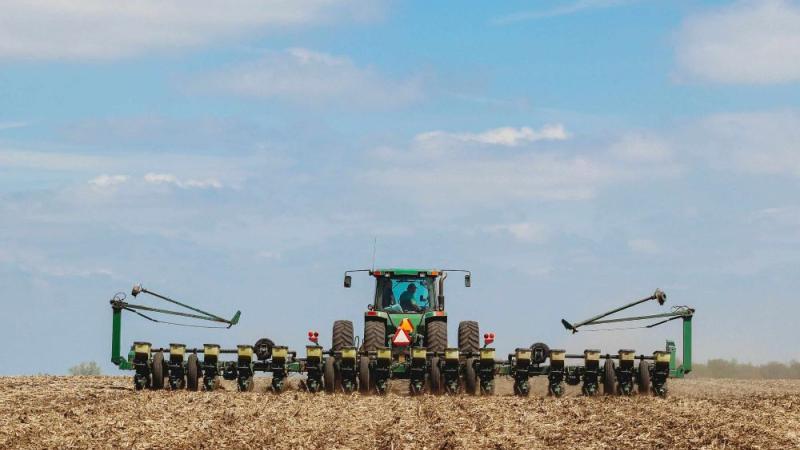Five ‘Ws’ Behind Tar Spot
Sometimes, new is not always a good thing, and that’s the case when it comes to Tar Spot. This corn fungal disease has been making its way west in the last few years and is now being observed in our footprint. Here are the five ‘Ws’ behind Tar Spot:
WHO & WHAT: Tar Spot is a corn fungal disease native to Central and South America.
WHEN: like other fungal diseases such as Gray Leaf Spot and Northern Leaf Blight, Tar Spot spreads most rapidly during times of extended leaf wetness. Optimal conditions for Tar Spot are 60-70° temperatures, relative humidity over 75%, and seven consecutive hours or more of moisture on leaves.
WHERE: it was first discovered in the US Corn Belt in 2015 in Illinois and Indiana and has been spreading farther west each year since. It has been observed across Iowa and appeared in several eastern Nebraska counties in late summer 2021.
WHY: it will likely not have an economic impact every year, but it can cause significant yield loss when conditions favor development.
Although Tar Spot is a new disease in our Hoegemeyer footprint, our corn products have been tested in Tar Spot environments (thanks to our international research and development program through Corteva) and we’ve been pleased with the overall performance of our lineup relative to competitors. If you’re interested in how our products stack up against Tar Spot, check out the new ratings on our website (ranked on the same 1-9 scale as other diseases). Ratings are available on most, but not all, products based on data availability.
If you have questions or need additional information, please contact your local Hoegemeyer District Sales Manager or Agronomist. #TheRightSeed

